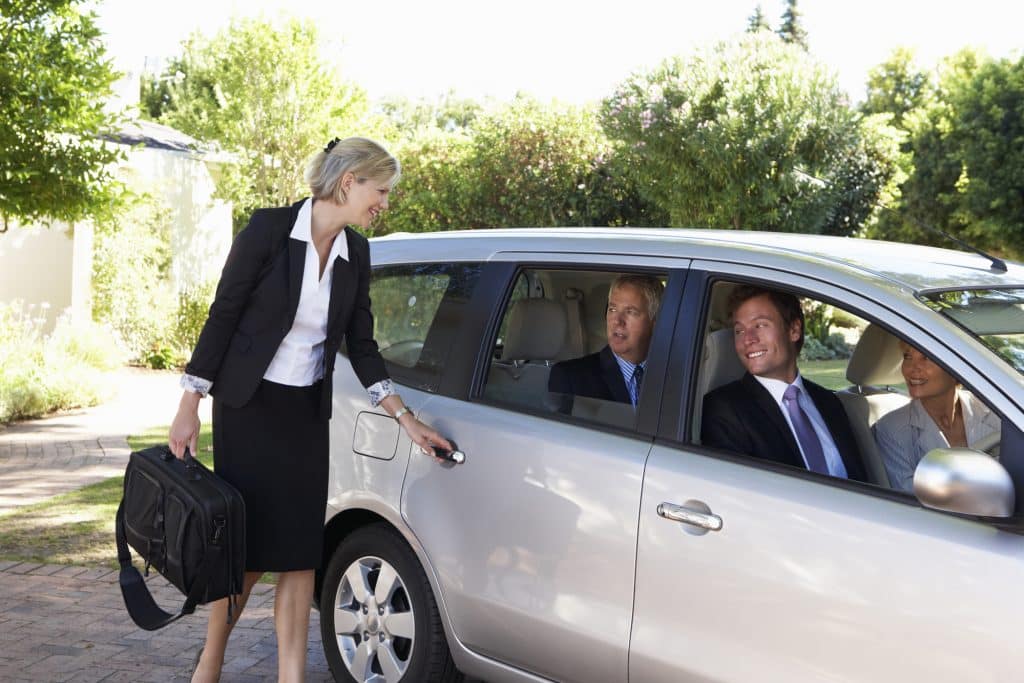Commuting Carbon Reduction Plan
Ensure that your Commuting Carbon Reduction Plan is implemented trouble free
Commuting Carbon Reduction Plan
Measurement of your employees commuting and homeworking emissions is important. Customers are increasingly requesting this information and it is a requirement of the UK Government’s PPN 06/21 legislation. Employee commuting must also be included in your carbon reduction plan. Although not required, it is recommended that you also include emissions from homeworking. This is a sensitive area so it is essential that any plan must be based on encouragement and not discouragement. Put another way, your actions should use the “carrot” approach, and not the “stick”.
Walking and Cycling
Walking or cycling to work benefits not only emissions reduction, but also your employee’s health and wellbeing. In some cases, they might help ease local traffic congestion. To encourage walking and cycling, you can provide information on local routes and paths. Suggestions as to where affordable bikes can be purchased could be helpful. To promote this further you can make sure your business has adequate facilities, such as safe bike storage, showers and changing rooms.
Walking or cycling is only practical for those living close enough to the workplace. It is also weather dependant and for many seasonal. Accept that this is the case.
Make Loans Available
You can offer cycle-to-work loans. These are interest free loans to help employees purchase bikes and equipment. Repayment is made through managed salary sacrifices. Similarly, where workplaces are well connected to public transport, you can encourage its use can be by offering loans for travel passes or season tickets.
Carsharing
It is best to foster this by creating a carsharing service. Encourage coordination by asking drivers to agree pickup times and locations. To promote this, set up a social media page, a WhatsApp group or post a timetable on your company intranet or bulletin boards. You may consider subsidising the cost of fuel on carsharing journeys to incentivise the service.
Do not be surprised if the take-up of such a service is variable. Carsharing is not convenient for everyone and not all of the time. Also, subsidising the cost of fuel can be complex and beware P11d implications.
Bus Services
It is not uncommon for large organisation that are poorly connected to public transport networks, to offer work run bus services. These connect with the nearest transportation hub (e.g., bus or train station) during core working hours. This could encourage your staff to reconsider their transport options. You do not necessarily need to own your own vehicle but could contract with a local provider.
This option is not for all and comes with costs and an administration overhead that not all can absorb. It can be a powerful incentive though.
Planning
As Home working has become more common, the move to online meetings has also grown. These are increasingly being used for cross site meetings. For a variety of reasons, including team cohesion, face-to-face meetings are still necessary. When planning these, the following options should be considered:
-
- Schedule your meetings outside of peak travel times thereby reducing the effects of congestion.
- Add details of public transport to your meeting agenda.
- Try to encourage the use electric taxi services where these are available.
In some cases, cross site meetings might be considered as Business travel, but the suggestions are relevant in both cases.
Local Government
Beyond the above, approaches to local government can be made. Except for very large companies, this is probably best done through industry bodies such as the local Chamber of Commerce. By working together to improve the transport infrastructure in the vicinity of the workplace, pressure can be applied. However, in a time of austerity, there will be limitations to what is possible.
Commuting Carbon Reduction Plan Pitfalls
All the options above are designed to encourage people to modify their behaviour. It is important that neither direct nor indirect pressure be applied to employees as regards their commute. Your messaging should always stress the benefits of certain options, not the problems with others.
Keep the message Positive
You must not state that one mode of transport is better than another, or single out a particular form of transport as being bad or worse than another type. As an example, it is fine to say “The company is installing showers and a changing room for those who would like to cycle to work, we will also be increasing the secure cycle storage area.”
Avoid Negative Messages
A positive message like the one above must not by followed by a negative one. It would not be acceptable to add to it , “We are doing this to encourage people to use their cars less.” Although tempting, this type of comment is almost certainly counterproductive. A range of negative feelings and responses can result. Some will see it as an unwarranted intrusion into a personal choice, “It’s not any of your business”. Others may worry that continuing to drive to work could negatively impact their careers. This could cause pushback, compromising your plans to help employees reduce the emissions from their daily commute.
Discrimination
More seriously, such comments could lay your organisation open to a charge of sex discrimination. Even in the modern family, women still bear the burden of childcare. When a child is sick at school, the mother is almost always the one who is called to collect them. Women are more likely to commute by car because of this. Moves to actively dissuade the use of cars could be viewed as disproportionately affecting female employees.
People with disabilities might also feel that they are being unfairly treated. Public transport is not always as easily accessible as we would wish, both in terms of availability and access.
GHG Insight
In order to create your emissions reduction plan, you first need to measure your current emissions. GHGi Commuting is designed to give you an accurate measure of the emissions resulting from your employee’s commuting and homeworking. One of our other products GHGi Analytics can take the pain out of measuring your direct and indirect emissions (Scope 1 and Scope 2). You will need to measure these in order to complete your full carbon reduction plan.
Sustainability Vision Ltd. takes the security of your data very seriously. Please read our Data Privacy Notice for further details.







